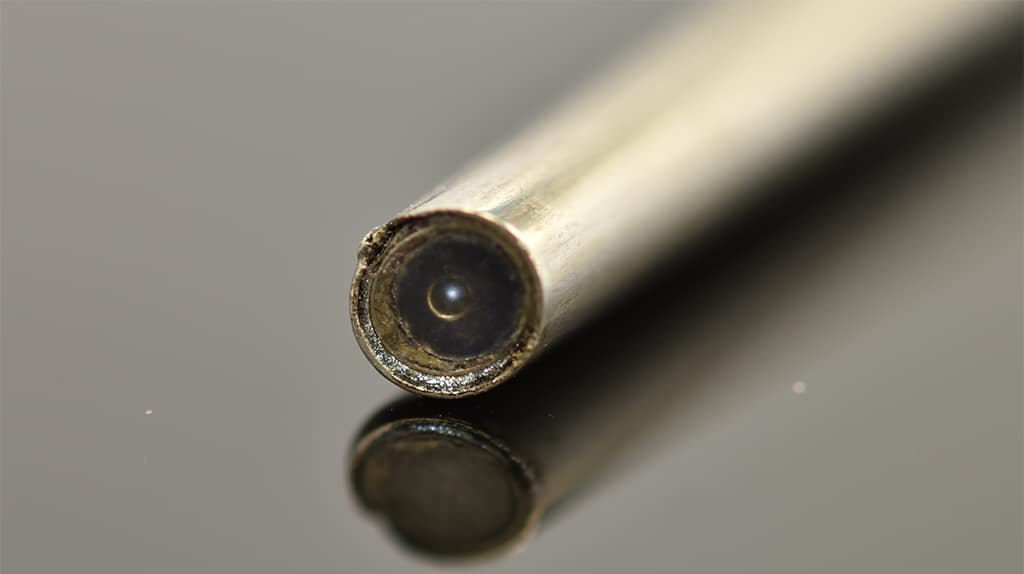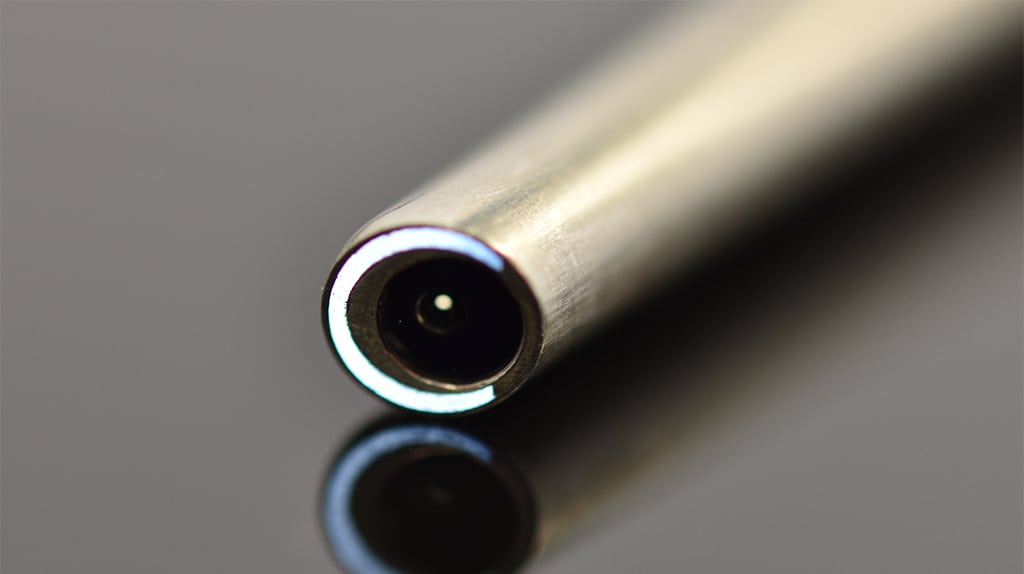

After inspecting the endoscopes and their use kits, the Rigid Endoscope team noticed two main issues.
The first was natural wear and tear. The fibers had deteriorated over time and were no longer supplying any brightness.
The second was that the distance between the endoscope and the electrode was too short on some liners.
We realized that the main problem was not with the endoscopes themselves, but with the liners that came with them during use. The electrode was burning the distal end of the endoscopes, and thus the fiber. Over time, this damage had reached the point that the hospital could no longer use the endoscopes.
Our solution was to restore the non-conforming liners and refibre the scopes, which involved replacing the sleeve and installing a new fiber in its entirety.
Because the fibers will no longer sustain damage during use, the endoscopes will remain in service longer. When the light level decreases, the endoscopes can be re-fibered, which will be much more cost-effective than replacing the device.
If you’re concerned about instruments that may have sustained similar damage, get in touch with us.
Our client invested in rigid endoscopes, most of them manufactured in Germany. After a few months of use, the vision of these endoscopes had deteriorated. Many of these instruments were recently purchased or repaired.
After encountering this problem several times, the hospital took the endoscopes out of circulation. Our client’s suppliers recommended replacing the endoscopes because they were no longer usable.